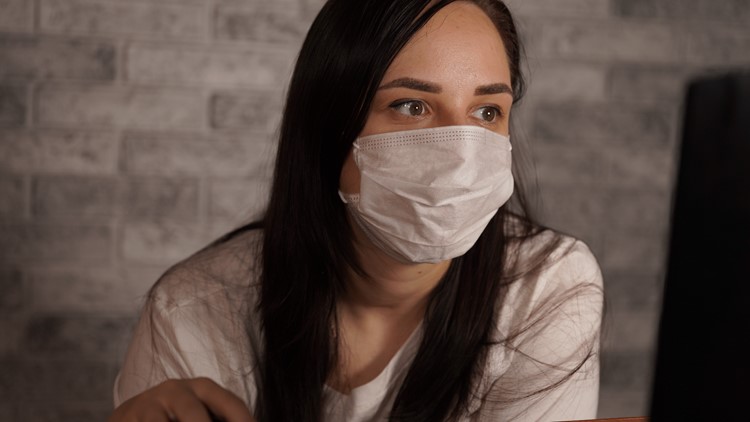CHARLOTTE, N.C. — COVID-19 metrics in North Carolina and Mecklenburg County continue to decrease with most of the Charlotte area in the CDC's "low" community spread level.
The trends of this winter are very different than the last few when COVID-19 quickly spread.
There was a spike in COVID-19 activity after the holidays, but it wasn’t as intense as the last few years. Health experts said that’s because of the built-up immunity in the community.
March will mark three years since the start of the pandemic and the burden of COVID-19 on the health care system is starting to ease up.
“We’re seeing improvements in our wastewater surveillance system, our reported case count is down," Dr. Raynard Washington, Mecklenburg County's public health director, said. "We’re seeing a pretty significant reduction in the number of facilities that are in outbreak status."
The virus is still spreading and is still dangerous for vulnerable populations, but this January is starkly different than the past two. State data shows in the last week of this past January, there were 12,225 reported cases of COVID-19. That’s compared to 120,722 cases in the same week in 2022 and 33,888 in 2021.
“We’re not seeing as much severe disease, hospitalizations, ER visits as we have seen during previous winters, these last two winters,” Dr. Susan Kansagra with the North Carolina Division of Public Health said.
Health leaders said COVID-19 will likely always be with us and moving forward, people need to be aware of its patterns and protect themselves accordingly by staying up to date on vaccinations and taking a test when they feel sick.
“I don’t know what this means for the future if surges will be like this in the future or worse, but certainly, we’re all sort of learning the seasonal patterns of COVID,” Washington said.
These trends are happening nationwide. Earlier in the week, President Joe Biden announced the federal government’s emergency declarations will end in May.
The biggest change will be who covers the cost of some of the most used tools.
“Until now, most people have not had to pay for a test, have not had to pay for vaccines or the treatment, medications like Paxlovid,” Kansagra said. “What will happen after the public health emergency ends is that coverage will happen as it does for other things, through health insurance.”
It could create a problem for those who don’t have insurance. That’s more than 1 million people in North Carolina and a cause for concern for some public health leaders.
“We start to then think about who are the folks in our community who don’t have health insurance, what do they look like?" Washington said. "Those individuals are the ones of course who are at greatest risk, and we know that disproportionately is represented by people who are already low income."
The FDA and CDC are currently working to come up with a more regular COVID-19 booster schedule. Health leaders have said getting the most updated booster is important in keeping those surges at bay. Right now, in North Carolina, only 21% of the eligible population has gotten that omicron-specific shot.
Contact Chloe Leshner at cleshner@wcnc.com and follow her on Facebook, Twitter and Instagram.



